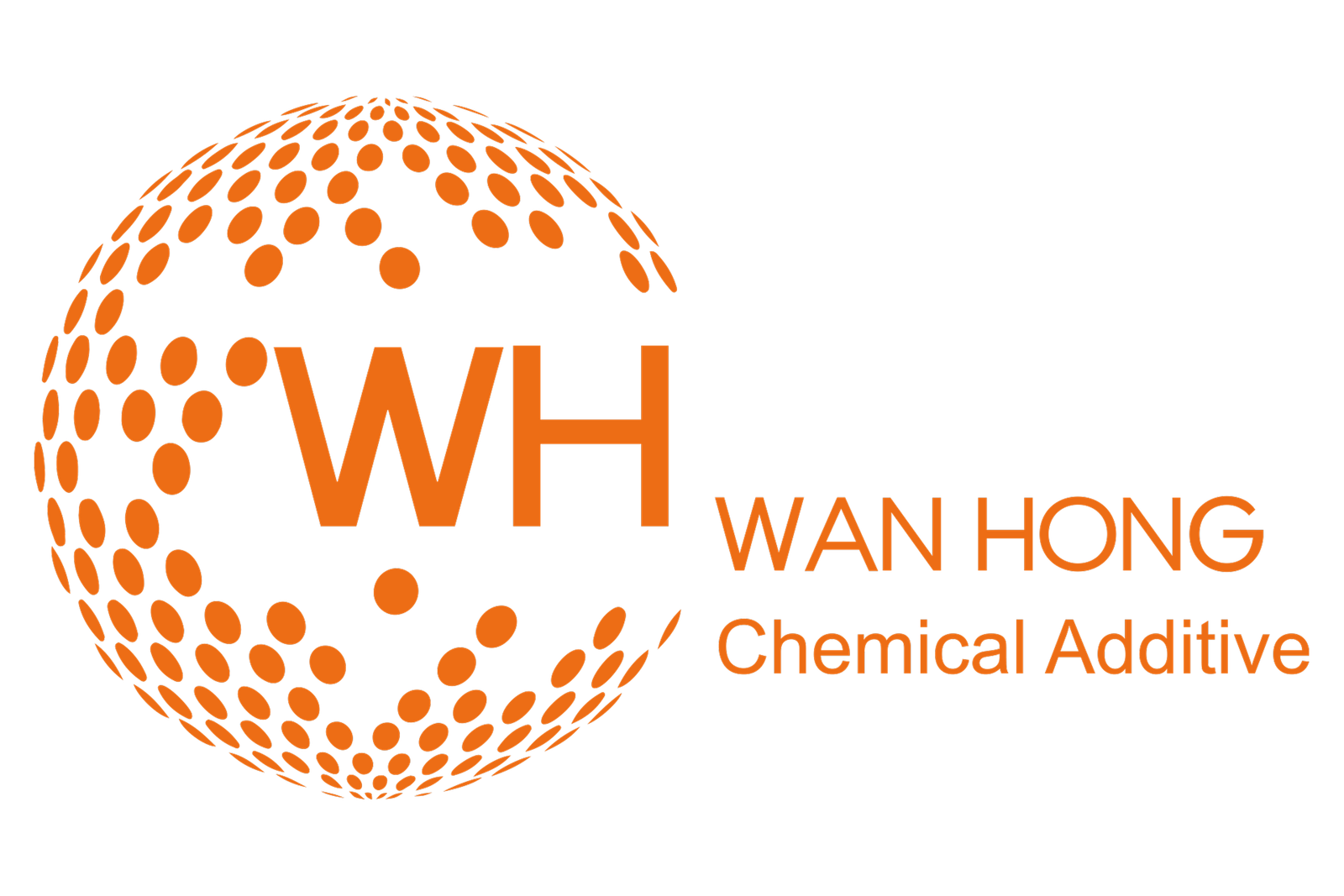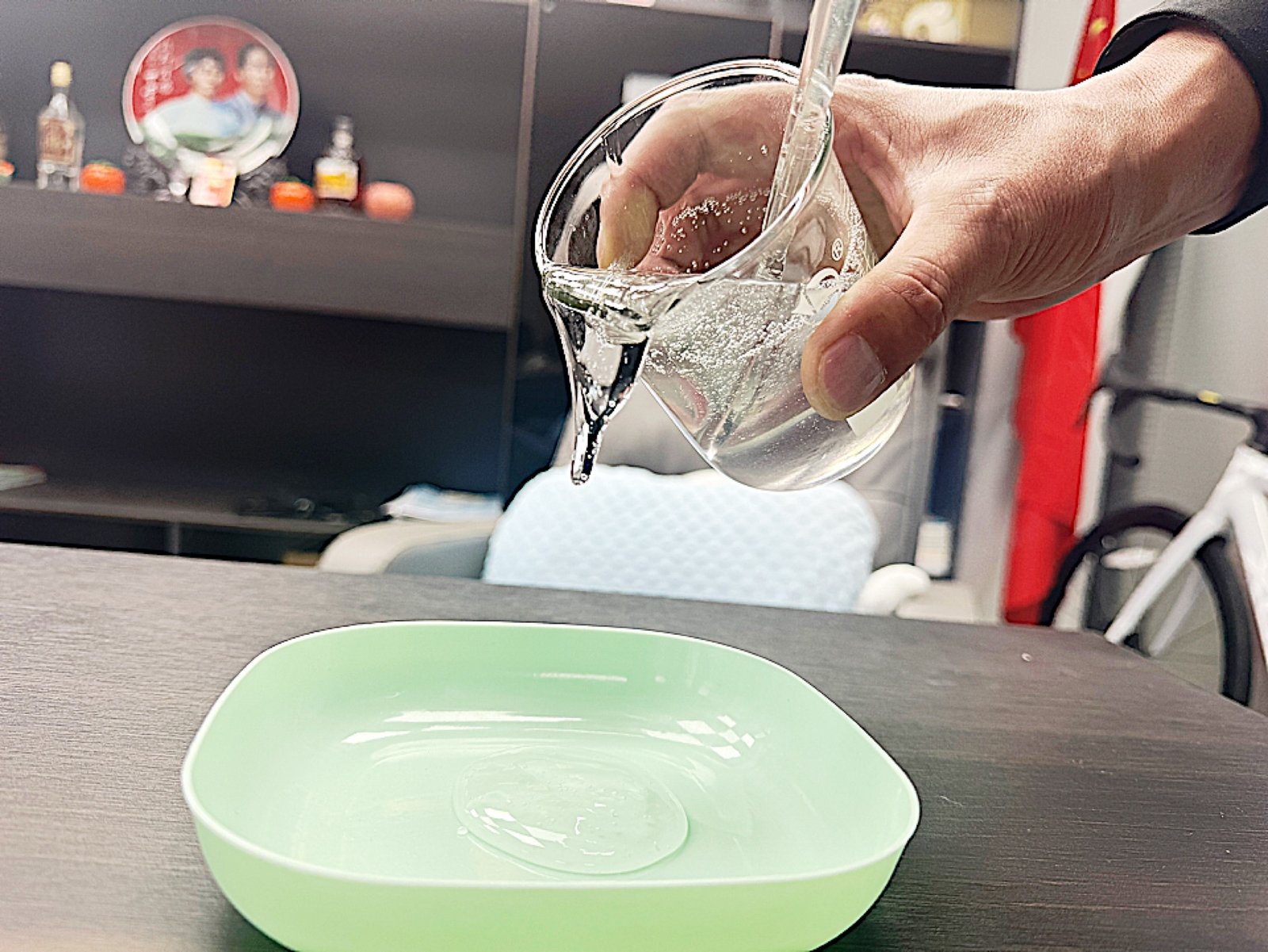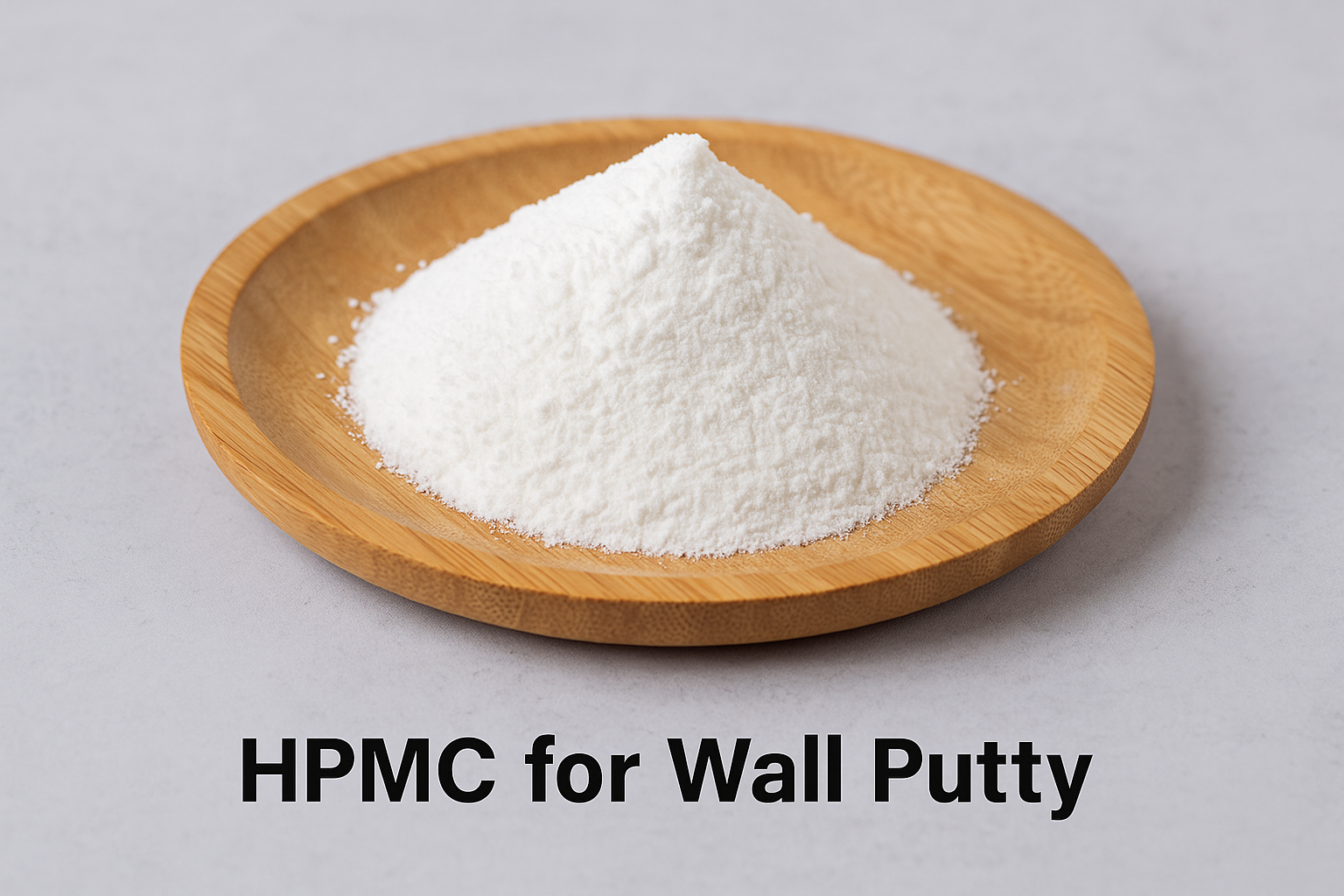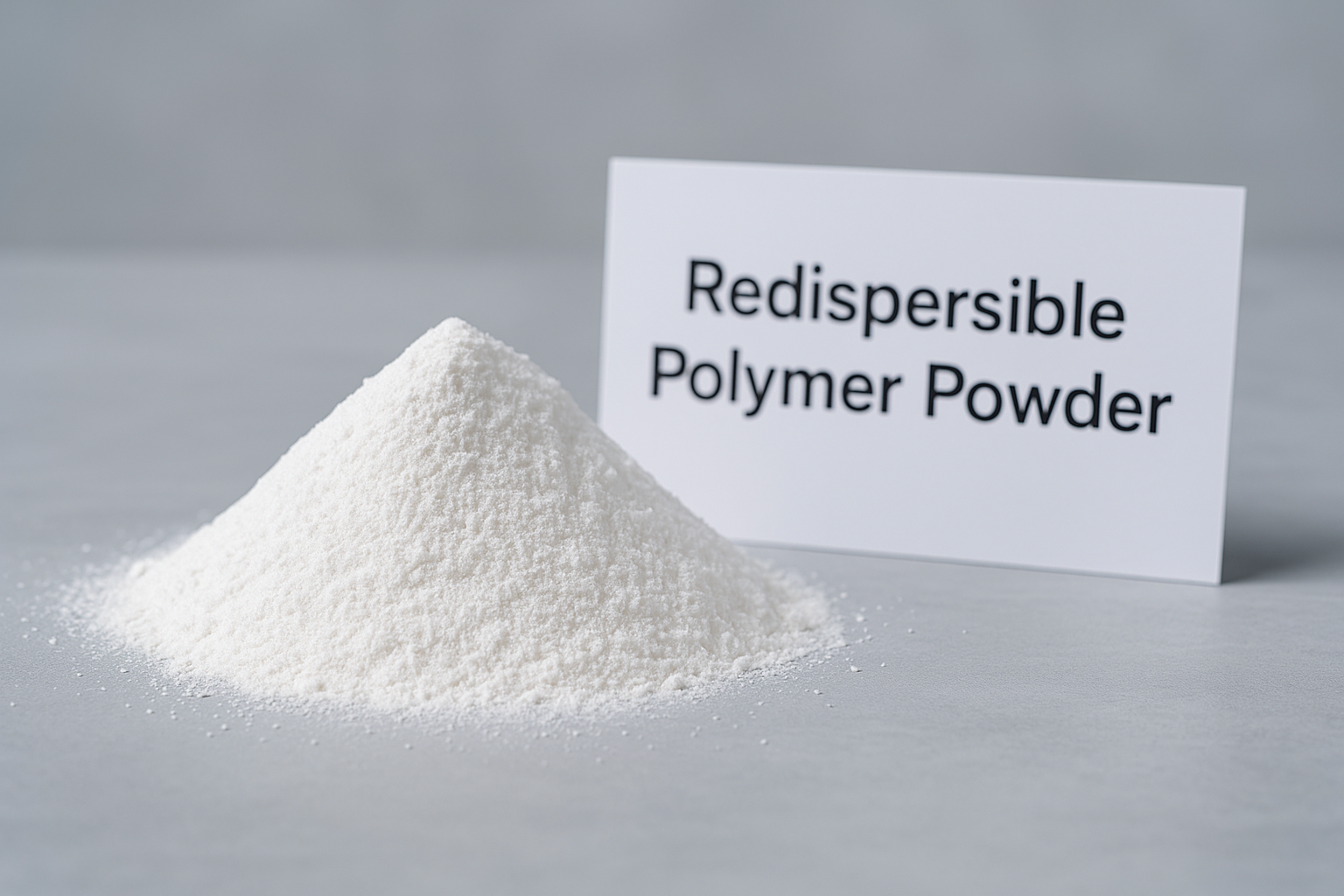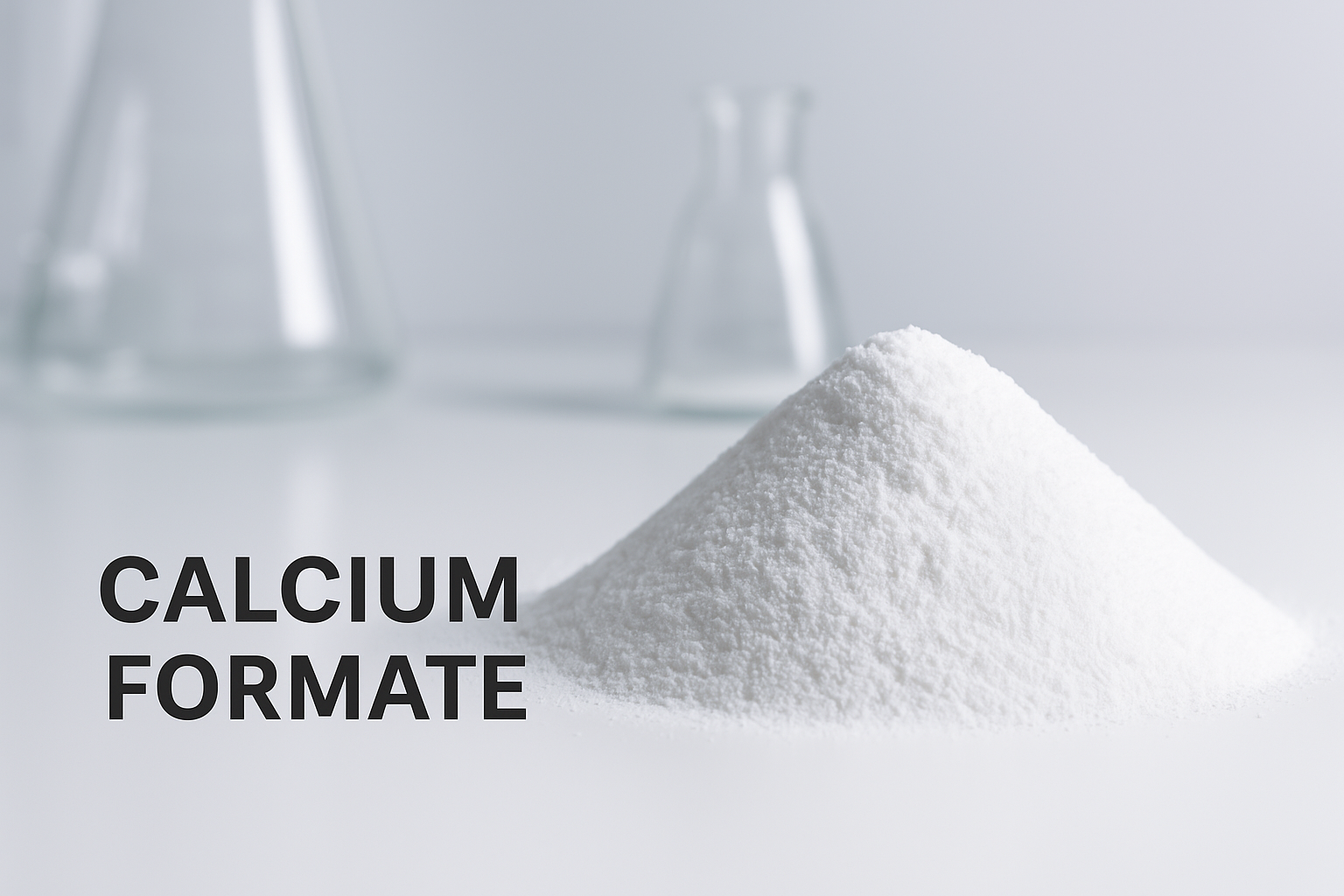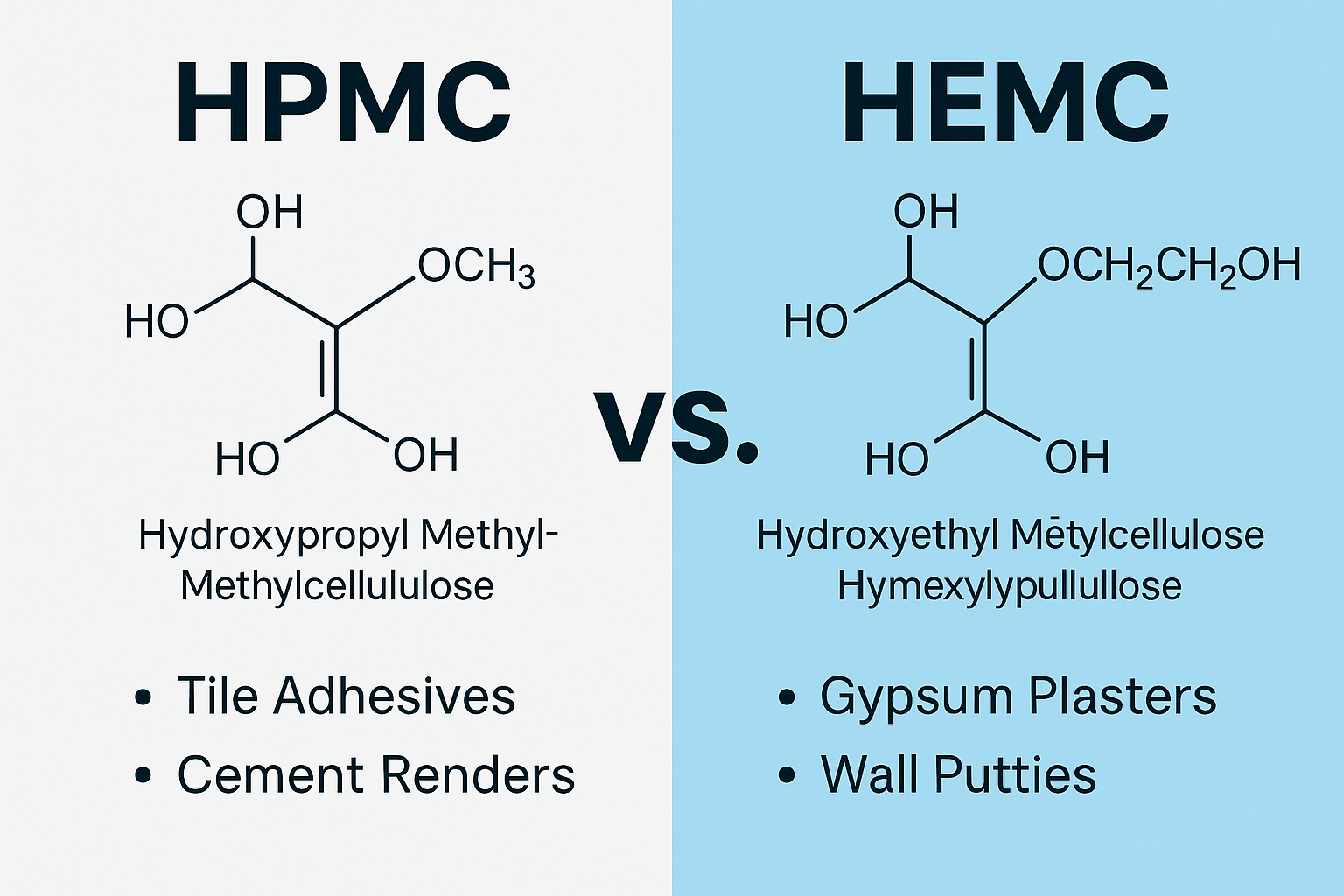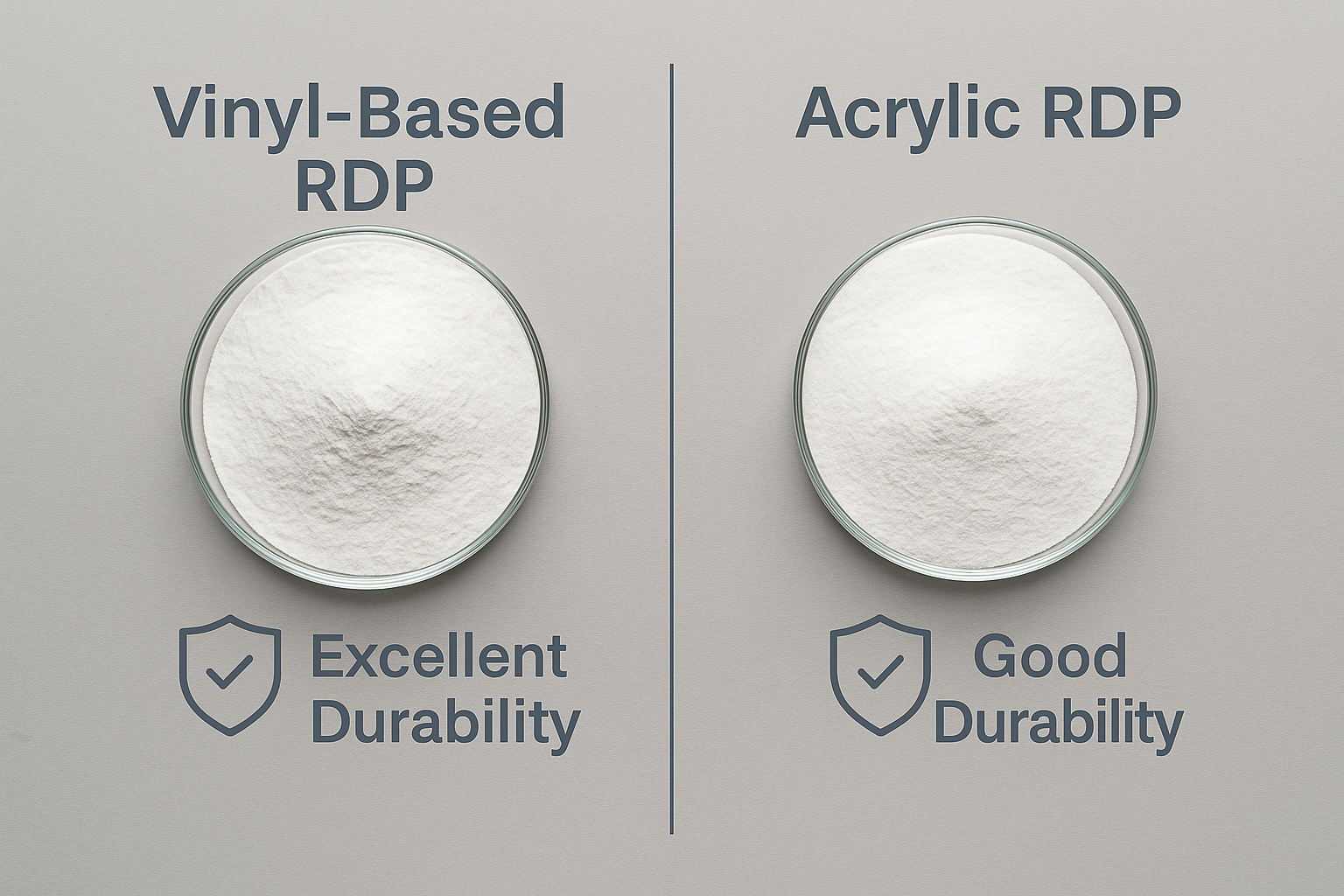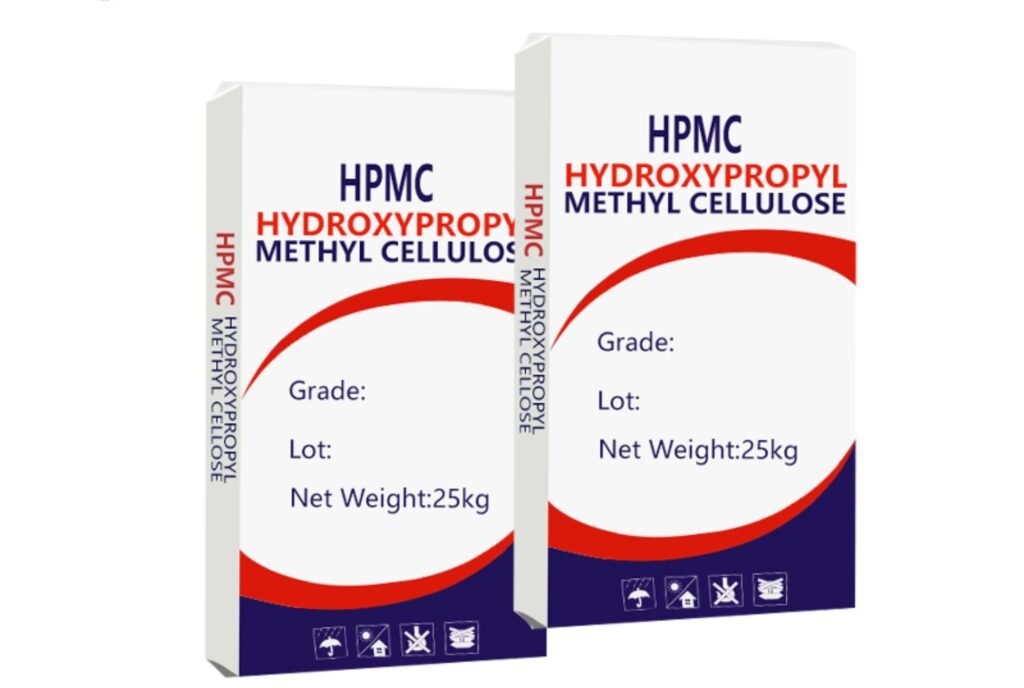Daily Chemical Grade Hydroxypropyl Methyl Cellulose (HPMC)is a versatile and essential chemical additive widely used in the formulation of personal care and household products. Known for its excellent water solubility, thickening ability and stabilizing properties, this cellulose derivative is a key ingredient in a wide variety of daily chemical products.
Key Properties of Daily Chemical Grade HPMC
1.Water solubility: HPMC dissolves easily in water and stirs to form a clear, transparent gel solution, which is essential for making smooth, uniform products.
2.Thickening Agent:It provides viscosity and consistency to products such as shampoos, liquid detergents and lotions, enhancing their product texture and user experience.
3.Stabilizer: HPMC stabilizes emulsions and prevents separation of ingredients in formulations such as creams and gels, resulting in a layering effect that ensures the long-term effectiveness of the product.
4.Film-forming ability: It forms a protective film that is particularly useful in applications such as toothpastes and creams.
5.Biodegradability and safety: HPMC is made from cotton, which is biodegradable and safe for use in skin contact products.
Daily chemical grade hydroxypropyl methyl cellulose (HPMC) becomes an important additive in personal care and household products. The required specifications vary depending on the scenario in which the product is applied. The following are detailed specifications for each daily chemical scenario(for reference only):
1.Shampoos and Conditioners
Key Requirements:
- Viscosity: 10,000–30,000 mPa·s (medium viscosity) to provide a smooth and creamy texture without making the formulation too thick.
- Methoxyl Content: 19–30% for enhanced solubility and water retention.
- Hydroxypropyl Content: 4–12% to improve stability and provide a soft, smooth feel.
- Particle Size: 80–120 mesh to blend seamlessly without forming lumps.
- pH Range: 5.5–7.0 to align with the pH of the scalp and hair care products.
2.Face Wash and Cleansers
Key Requirements:
- Viscosity: 5,000–20,000 mPa·s (low-to-medium viscosity) for a fluid yet consistent formulation.
- Methoxyl Content: 19–30% for better emulsifying properties.
- Hydroxypropyl Content: 4–8% to enhance moisture retention and provide a soft skin feel.
- Particle Size: ≤100 mesh for a clear and smooth formulation.
- pH Range: 5.0–6.5 to match the skin's natural pH.
3.Toothpaste
Key Requirements:
- Viscosity: 30,000–60,000 mPa·s (high viscosity) for optimal consistency and binding of ingredients.
- Methoxyl Content: 25–30% to provide gel strength and binding properties.
- Hydroxypropyl Content: 5–10% to enhance stability and maintain a smooth texture.
- Particle Size: 100–120 mesh for uniform mixing.
- Purity: ≥99% to ensure it is safe for oral applications.
- pH Range: 6.0–7.5 for compatibility with oral care formulations.
4. Liquid Detergents
Key Requirements:
- Viscosity: 10,000–80,000 mPa·s for thickening without affecting flowability.
- Methoxyl Content: 25–30% to improve stability and binding properties.
- Hydroxypropyl Content: 5–10% to enhance solubility and prevent phase separation.
- Particle Size: 100–120 mesh for quick and uniform dissolution.
- pH Range: 6.0–8.0 for compatibility with detergent formulations.
Japanese chemical grade HPMC specifications vary depending on the product and its application. Key factors such as viscosity, methoxy and hydroxypropyl content, particle size and pH need to be carefully adjusted to achieve the desired performance. By selecting the right grade of HPMC, manufacturers can ensure a high quality, consistent and consumer-friendly product for the household chemicals industry.

If you still want to know more about the product, please contact me!
ada
whatsapp: +86 18132059888
Email: ada@whhpmc.ocm
